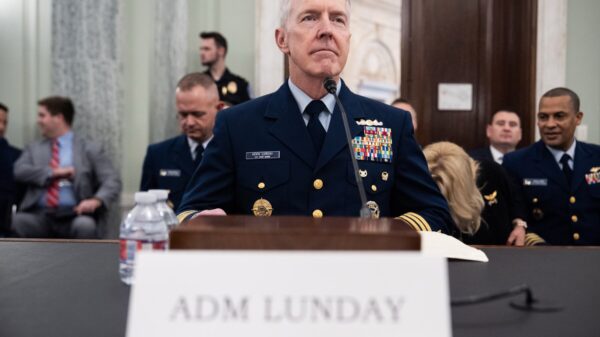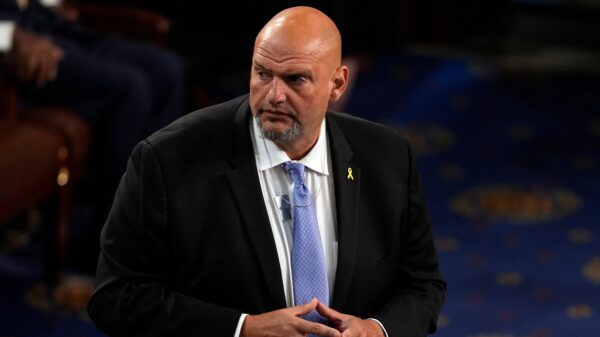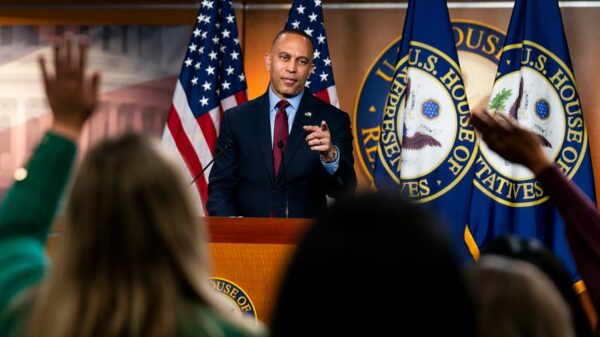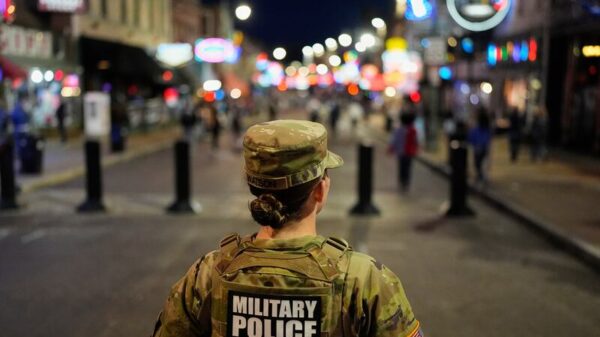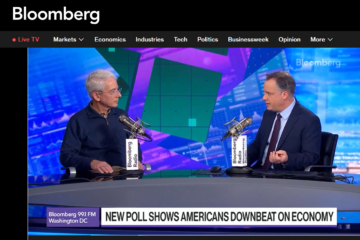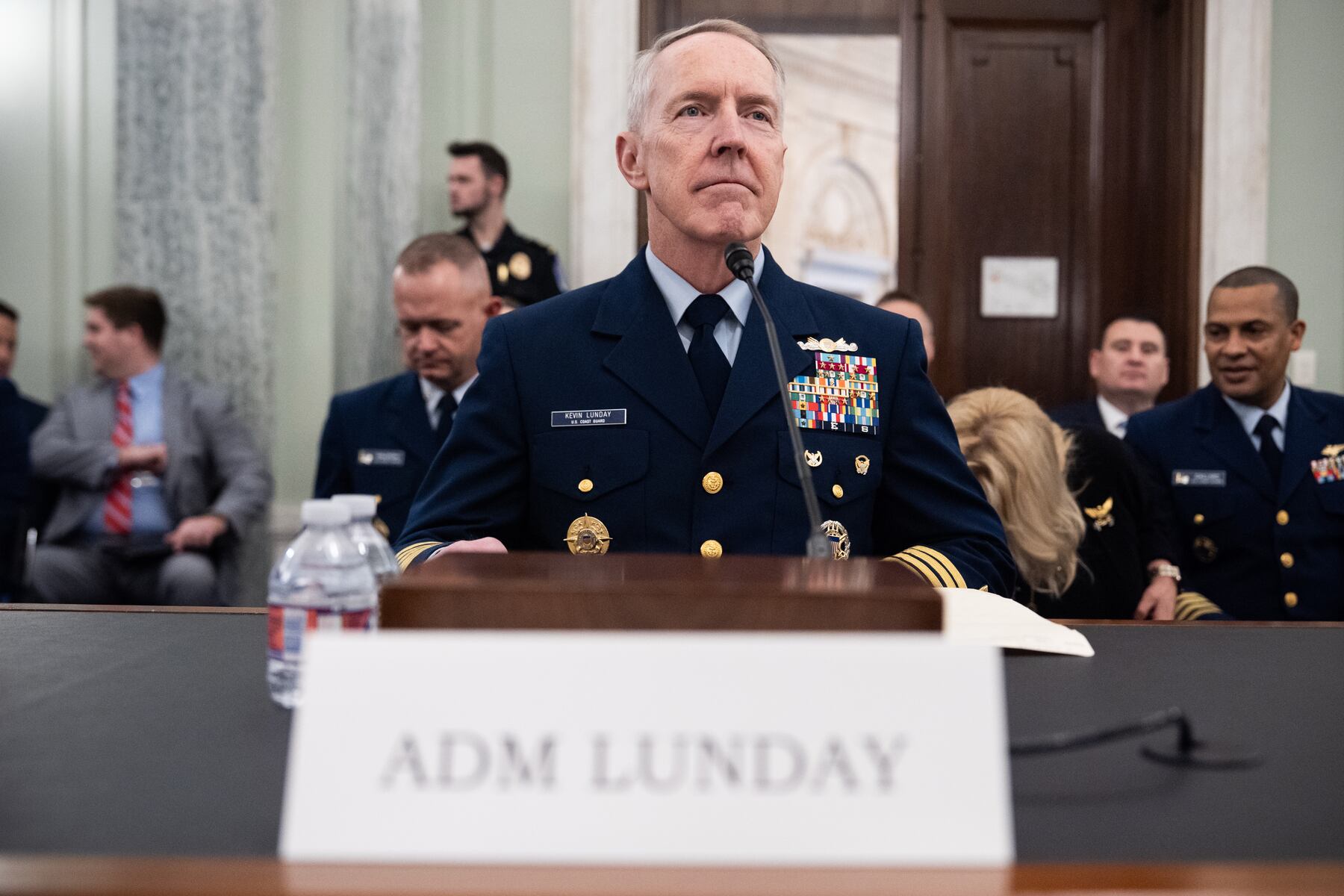UPDATE: The U.S. Coast Guard is set to implement a controversial policy change regarding the display of hate symbols, including swastikas and nooses, which has sparked significant backlash from lawmakers and advocacy groups. Set to take effect on December 15, the new policy describes these symbols as “potentially divisive,” altering the previous categorization that identified them with oppression and hatred.
This policy shift comes in the wake of a message from former Commandant Karl Schultz in 2020, which deemed such displays as “potential hate incidents.” Critics, including Democratic Senator Jacky Rosen of Nevada, argue that the revised language undermines protections against bigotry at a time when antisemitism is on the rise. Rosen stated, “This updated policy rolls back important protections against bigotry and could allow for horrifically hateful symbols like swastikas and nooses to be inexplicably permitted to be displayed.”
In response, Admiral Kevin Lunday, the acting commandant of the Coast Guard, emphasized that the prohibition against these symbols remains in effect. “Any display, use or promotion of such symbols, as always, will be thoroughly investigated and severely punished,” Lunday asserted.
The new guidelines not only maintain the longstanding ban on the public display of the Confederate flag but also remove the terminology “hate incident” from the policy. Incidents that would have previously been classified as hate incidents will now be treated as reports of harassment involving an identified individual. Commanders may still order the removal of divisive symbols if they impact unit morale or discipline.
The Coast Guard, part of the Department of Homeland Security, has historically aligned its policies with directives from the Pentagon. This policy update follows a broader review initiated by Defense Secretary Pete Hegseth aimed at reassessing definitions of hazing, bullying, and harassment across the military, which he criticized as “overly broad.”
As the Coast Guard prepares to implement these changes, the potential implications for personnel and community morale remain a pressing concern. The public’s reaction could further influence the policy’s reception and enforcement in the coming weeks.
Stay tuned for updates as this story develops and as reactions from various stakeholders continue to emerge.



